When Life Gives you Lemons
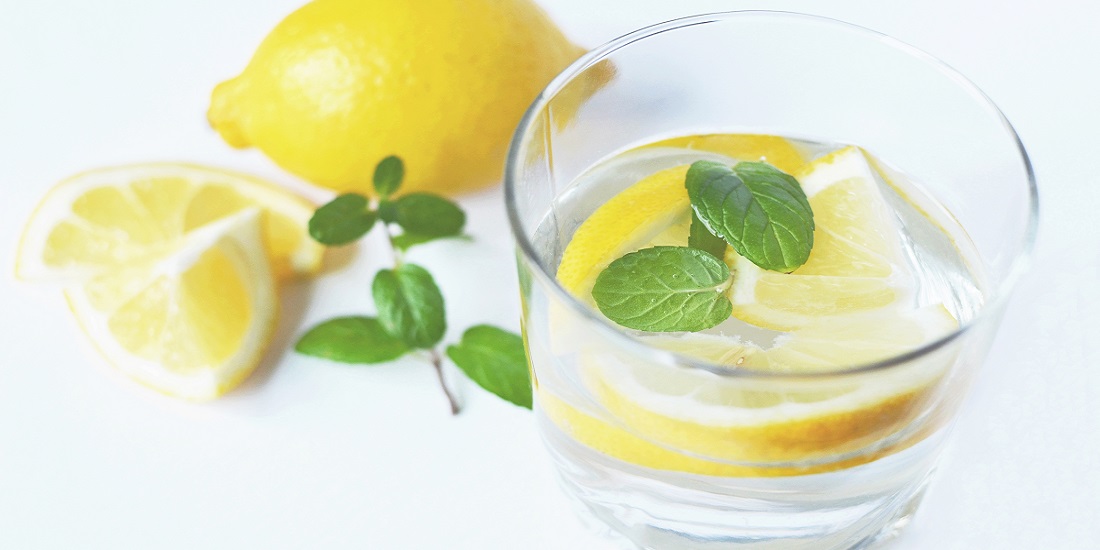
Most people tend not to venture much into growing trees. Trees are hard to take care of as a sapling or seedling and many gardeners will veer away from them due to difficulty. However, lemons are a different story. The lemon plant is actually a tree, but it’s pretty easy to grow one.
If that sounds interesting to you, check out this guide on how to grow your own lemon tree.
What you need to start:
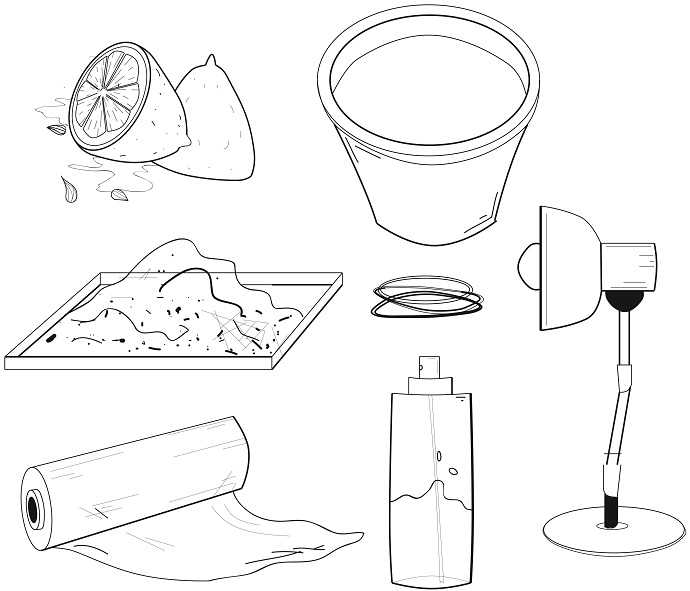
• Fertile potting soil that, if possible, contains natural fertilizers.
• Spray bottle for watering
• Plastic wrap and some rubber bands
• 1 pot for sprouting (approx. 6’ x 6’)*
• 1 seedling pot (approx. 24’ x 12’)*
• A place to grow that has adequate sunlight, and preferably an additional grow light.
*Note: Dimensions are in Width x Height.
What you need to do:
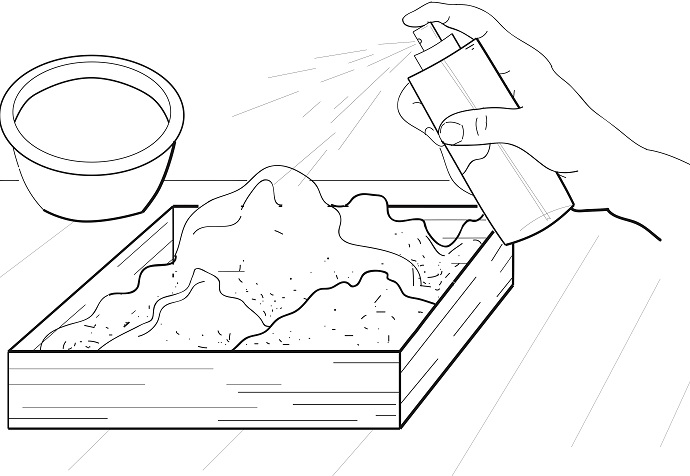
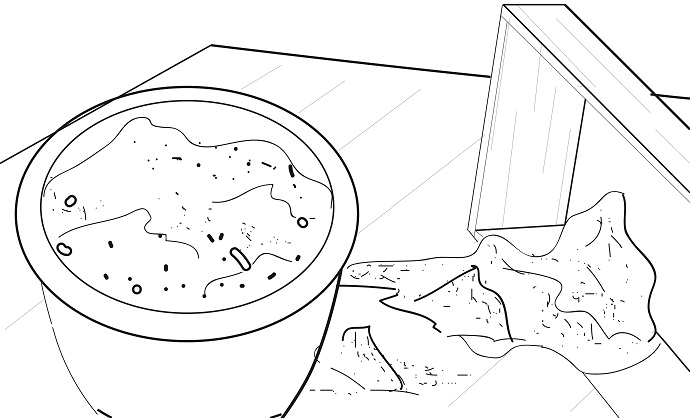
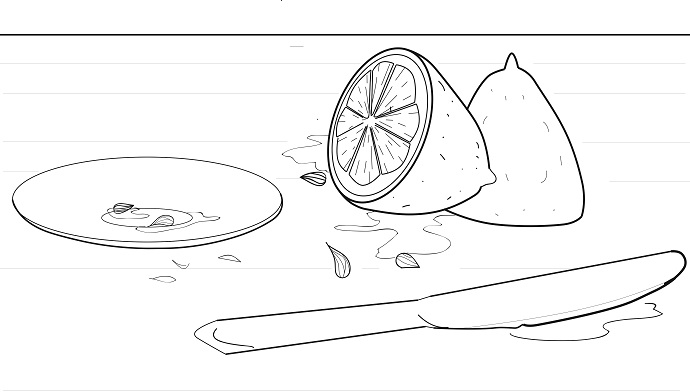
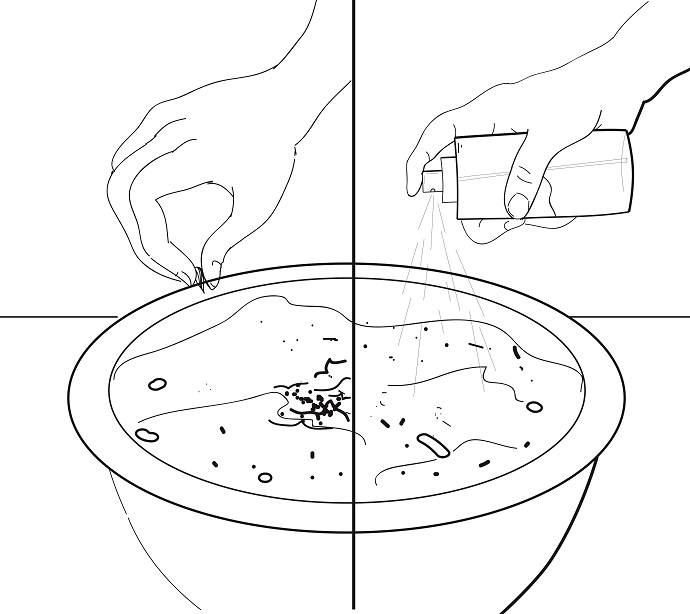
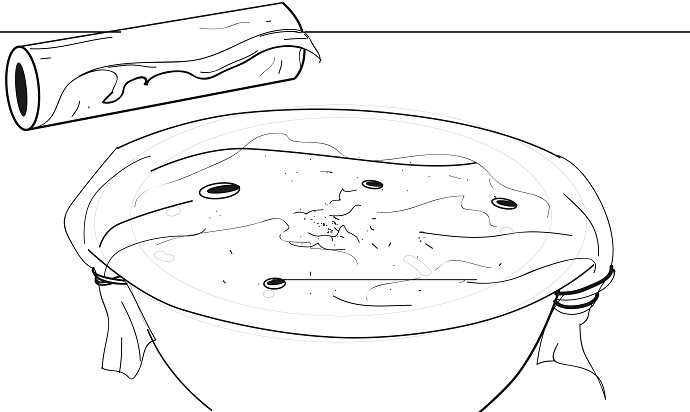
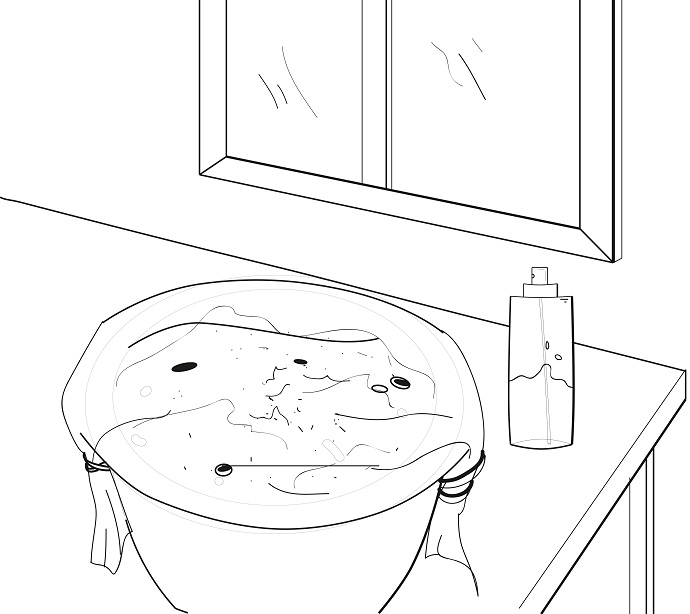
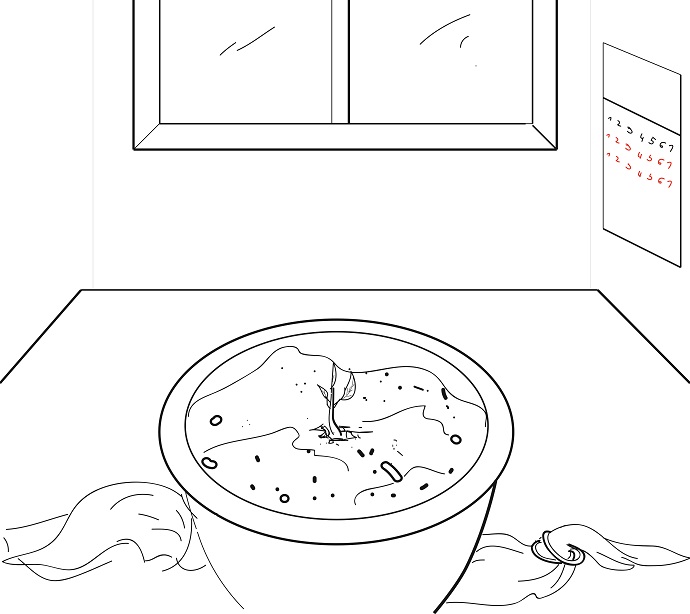
Don’t forget to also put in regular amounts of organic fertilizer to keep your plant healthy.
Always take note of the health of your plant. Make sure that it’s free from bugs and diseases. You can prune off the dead leaves to further aid your plant’s growth. If bugs are getting a little too much to handle, use pesticide as a last resort.
Once the plant has reached a stage where it’s already too big for the initial pot, replant it over to the bigger one by following the first 4 steps. Take note that older plants need lesser water so don’t love your plant to death.
Additional note: If you’re veering away from chemical pesticides and want a natural way to save your plant from bugs and diseases, you can try dusting the soil of your plant with some cinnamon powder. The powder has many uses that benefit you with your gardening
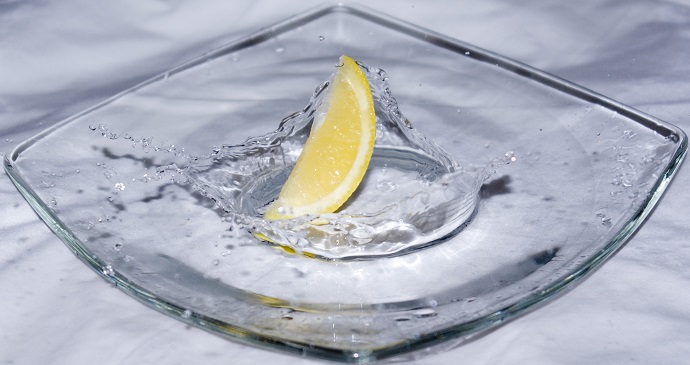
Illustrations by, Dragan Gunjov.